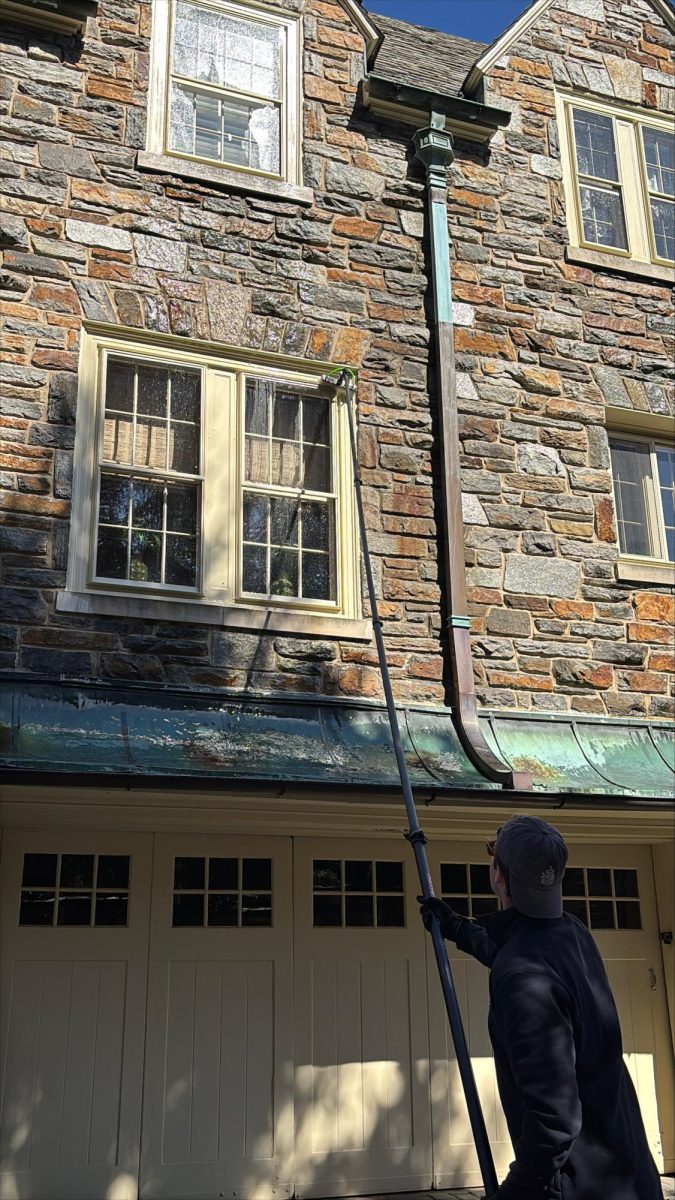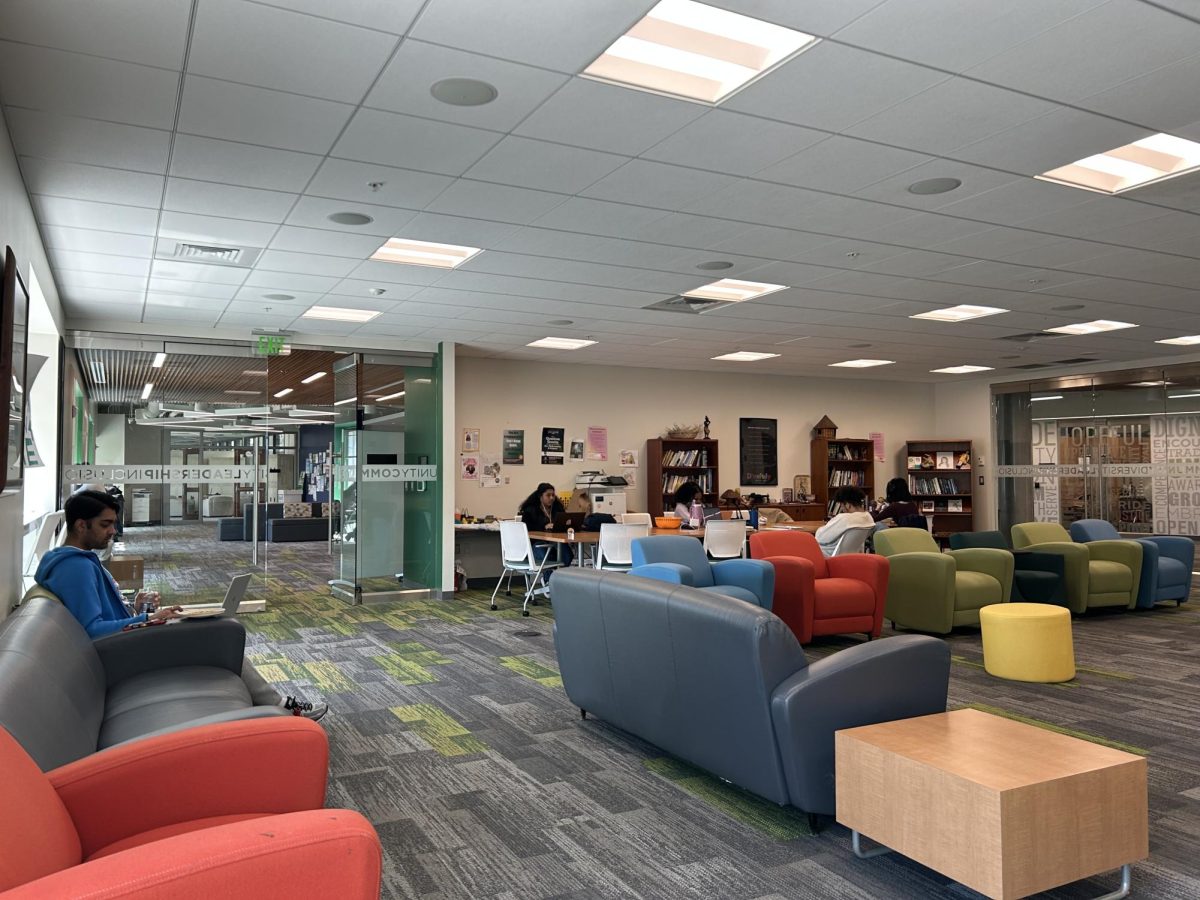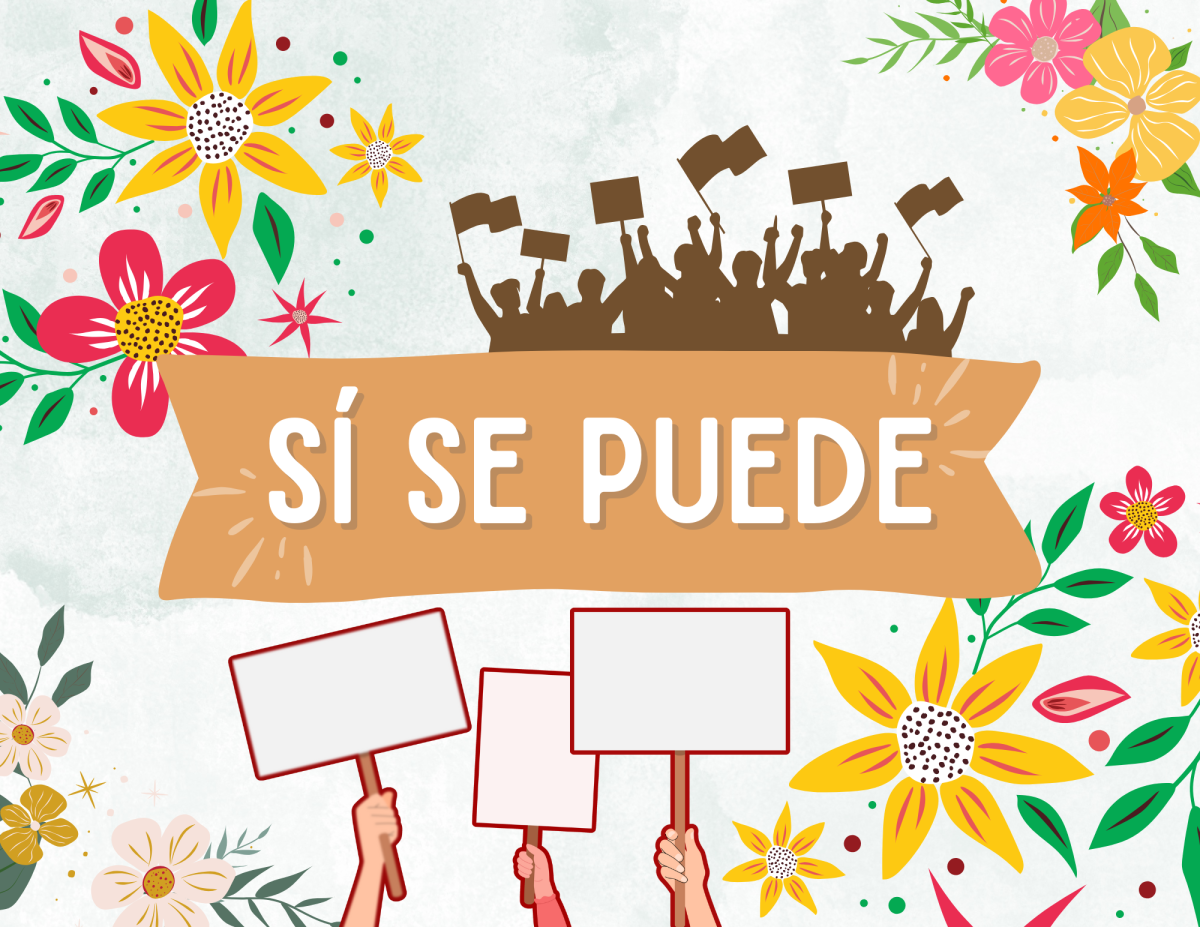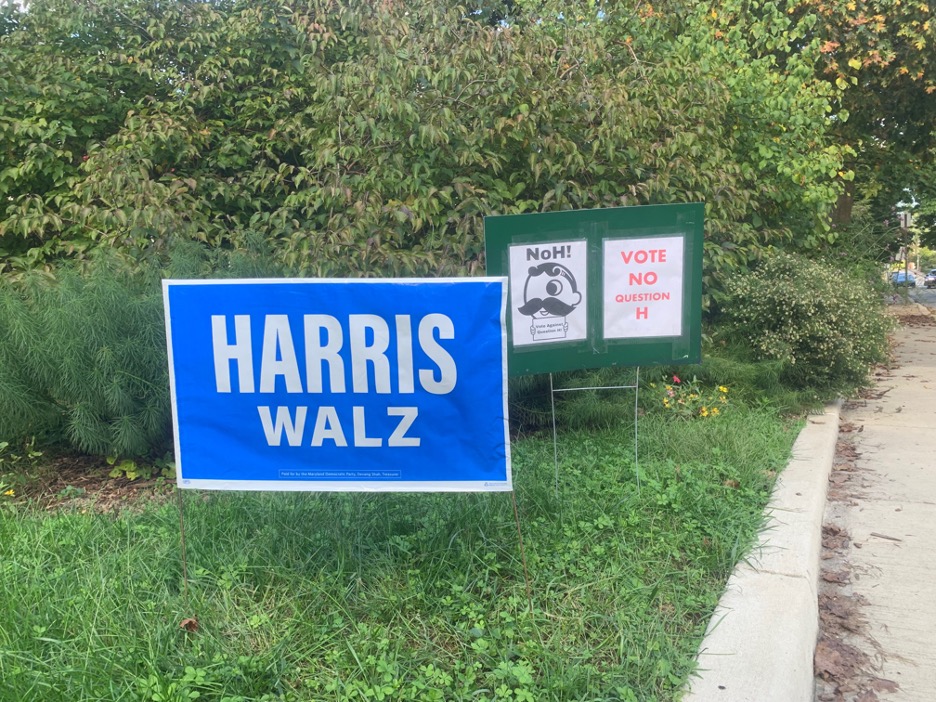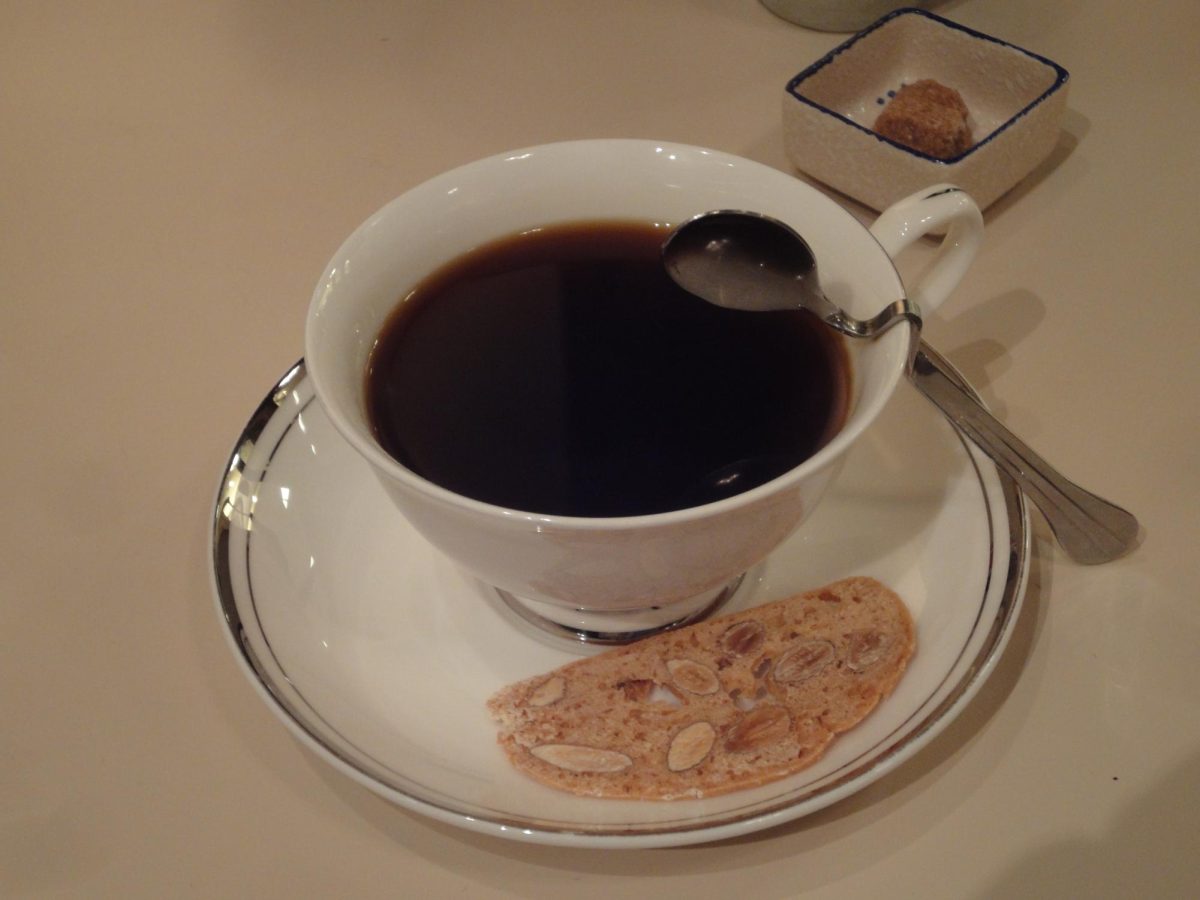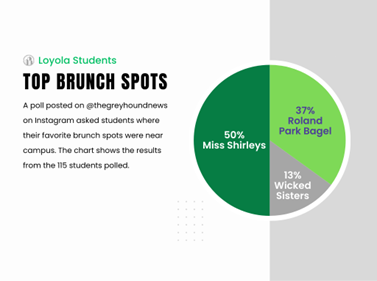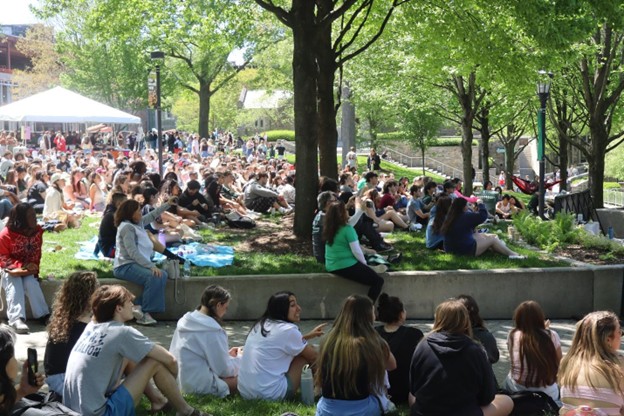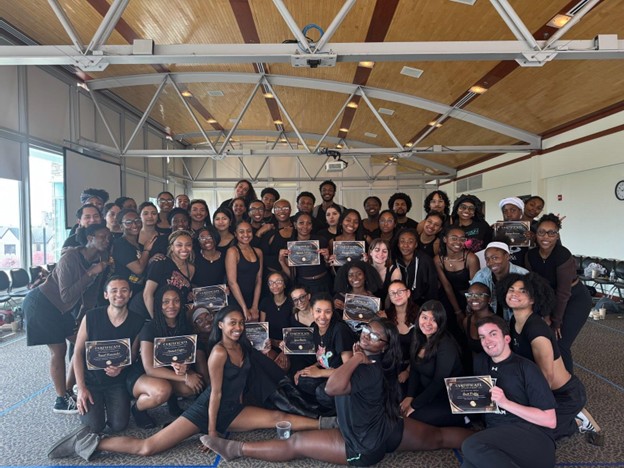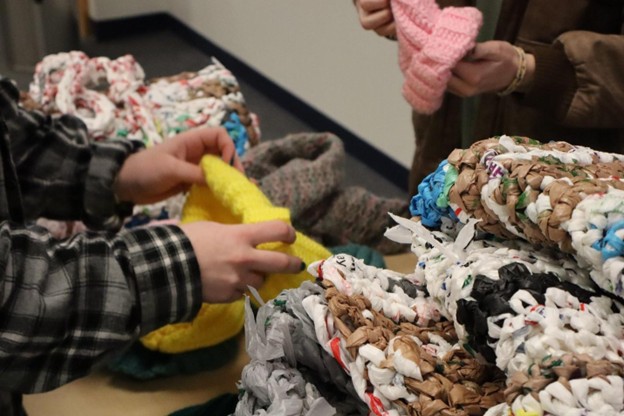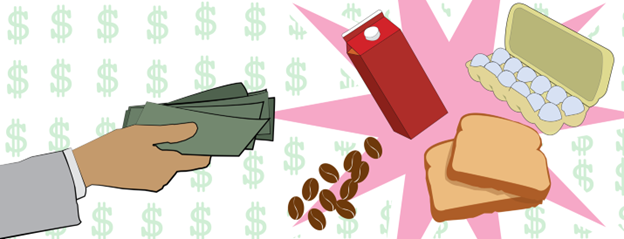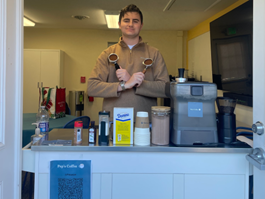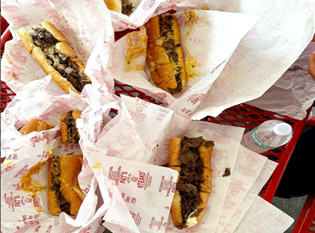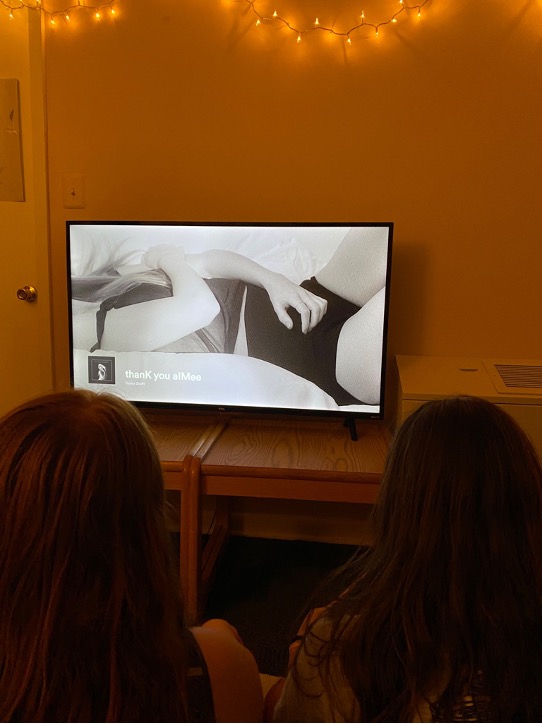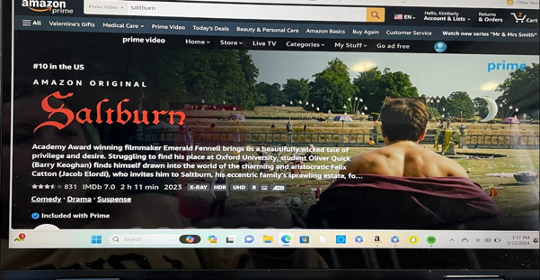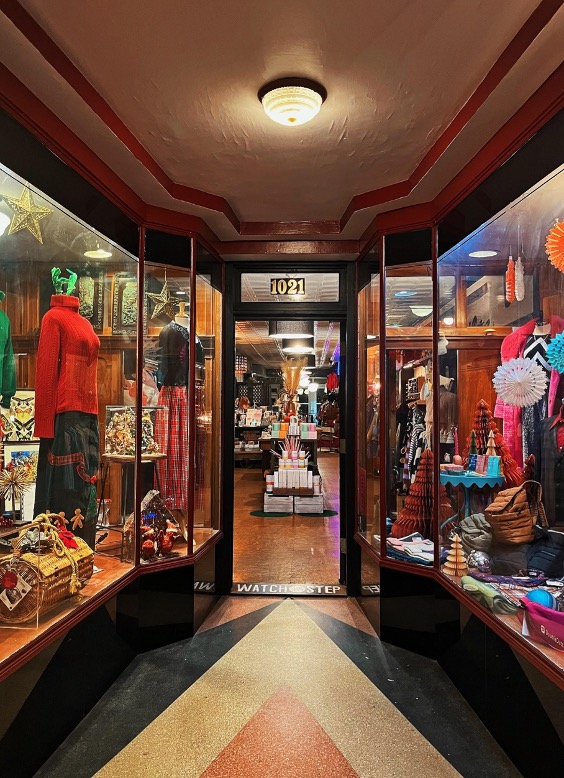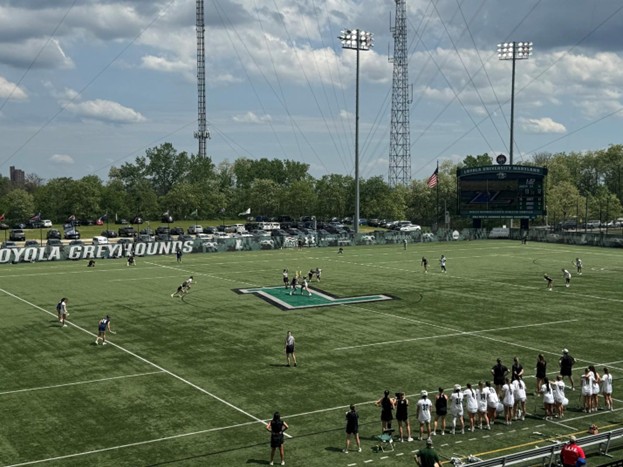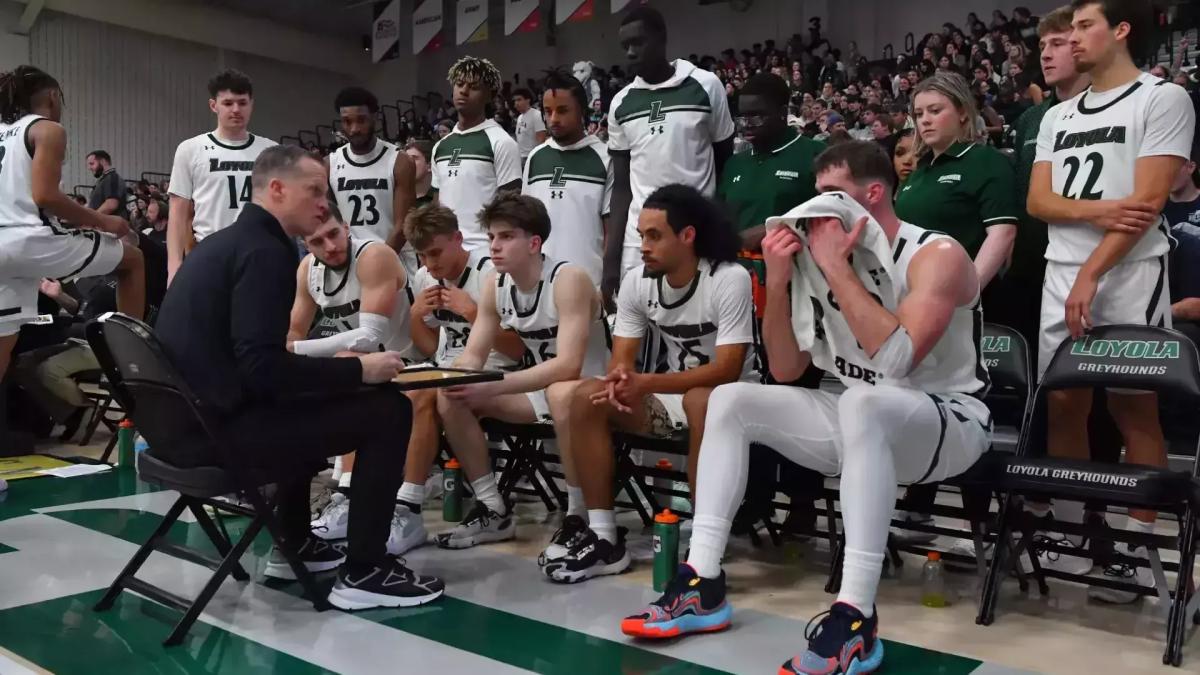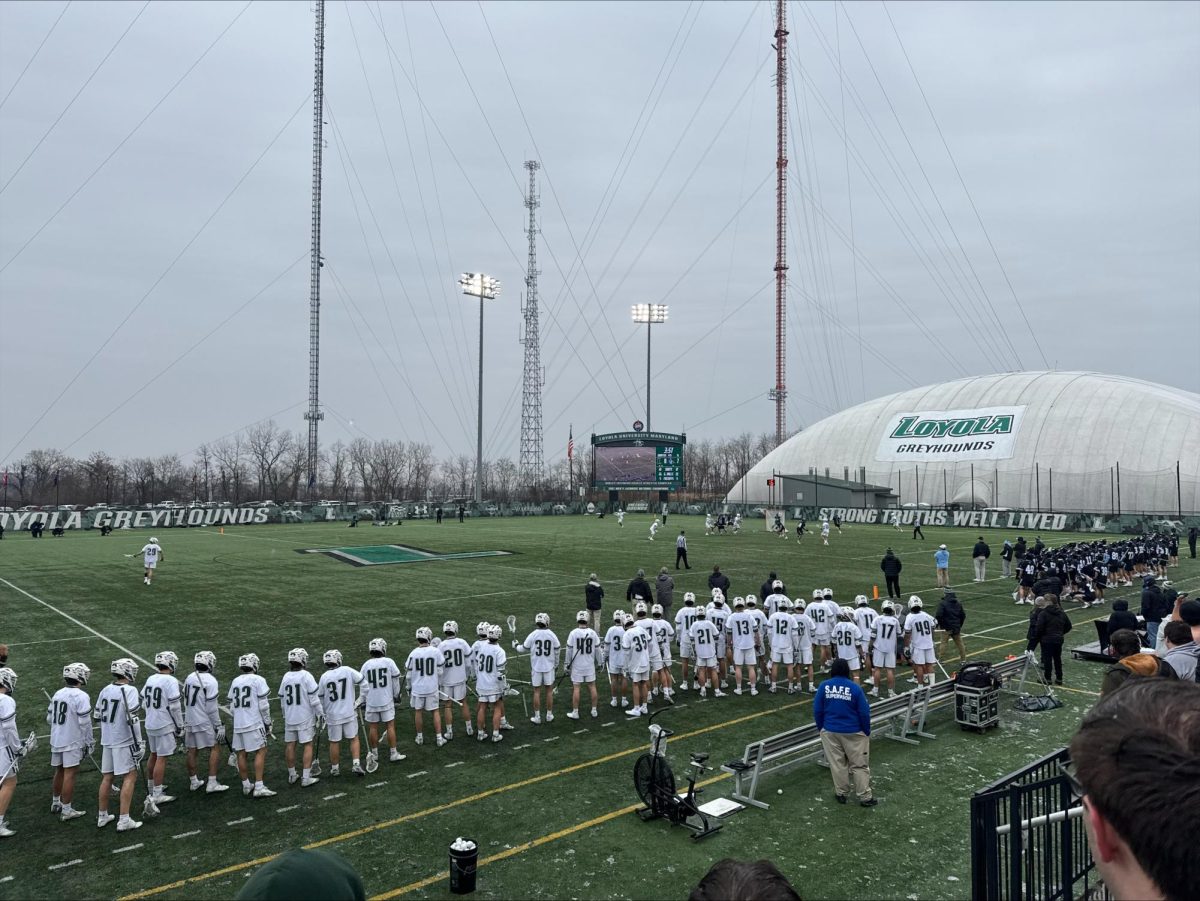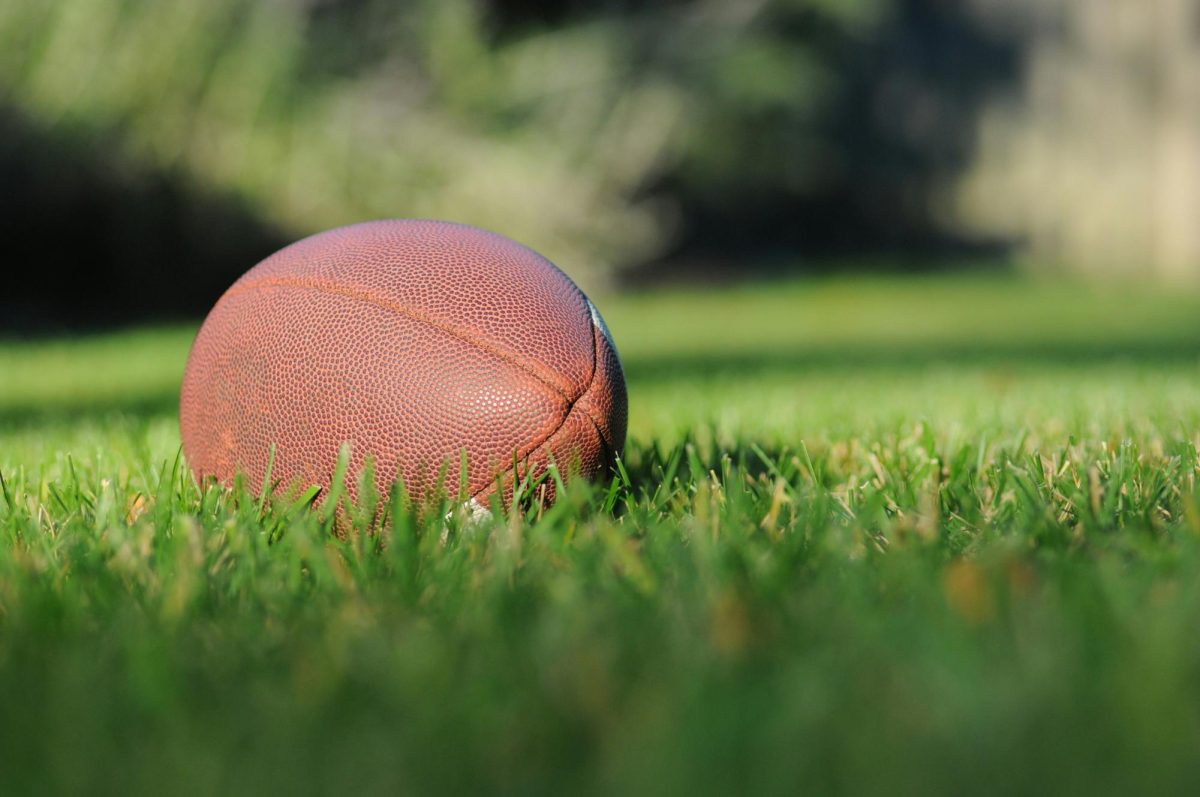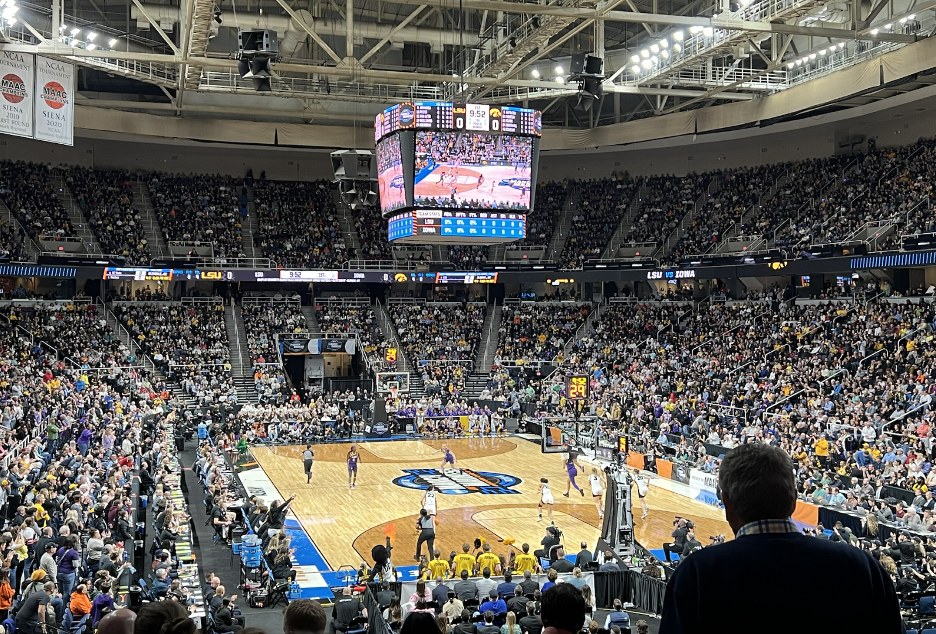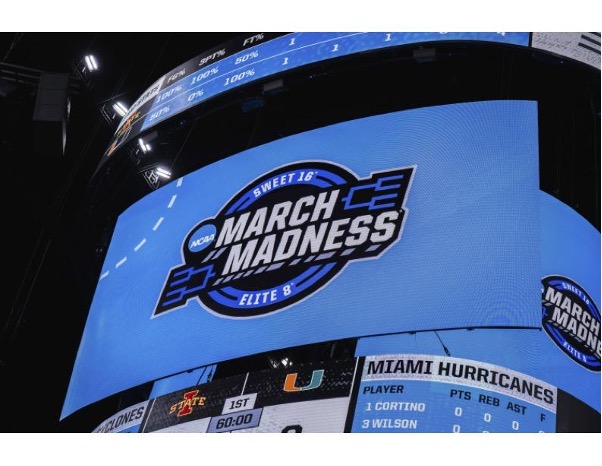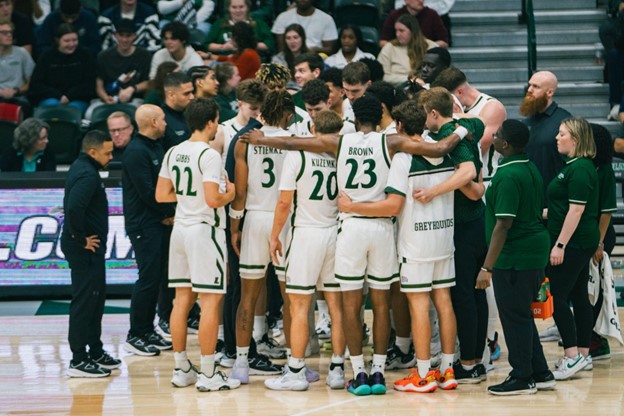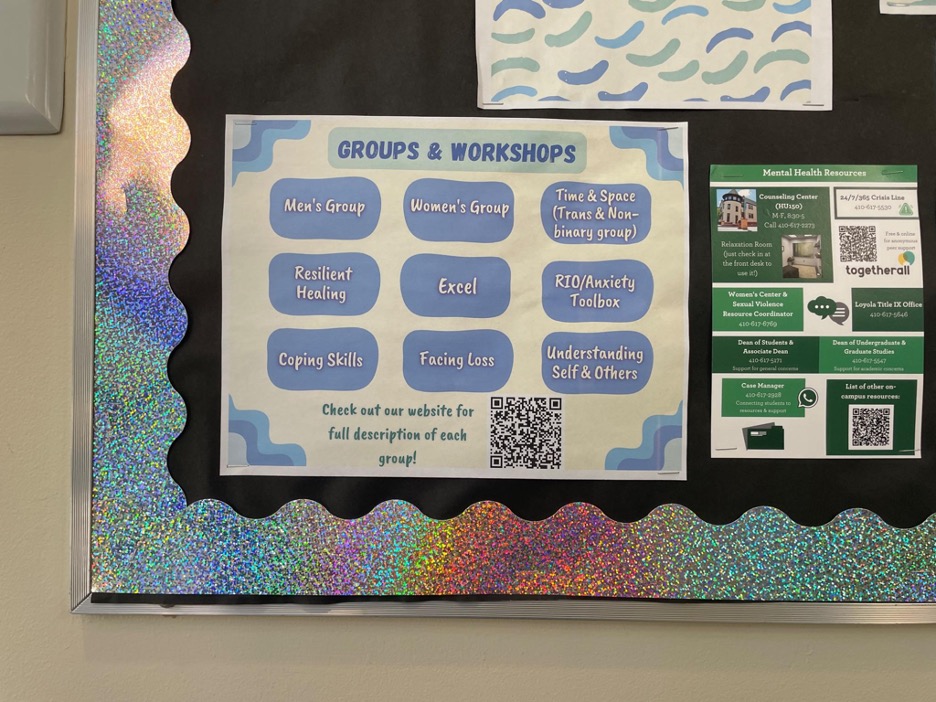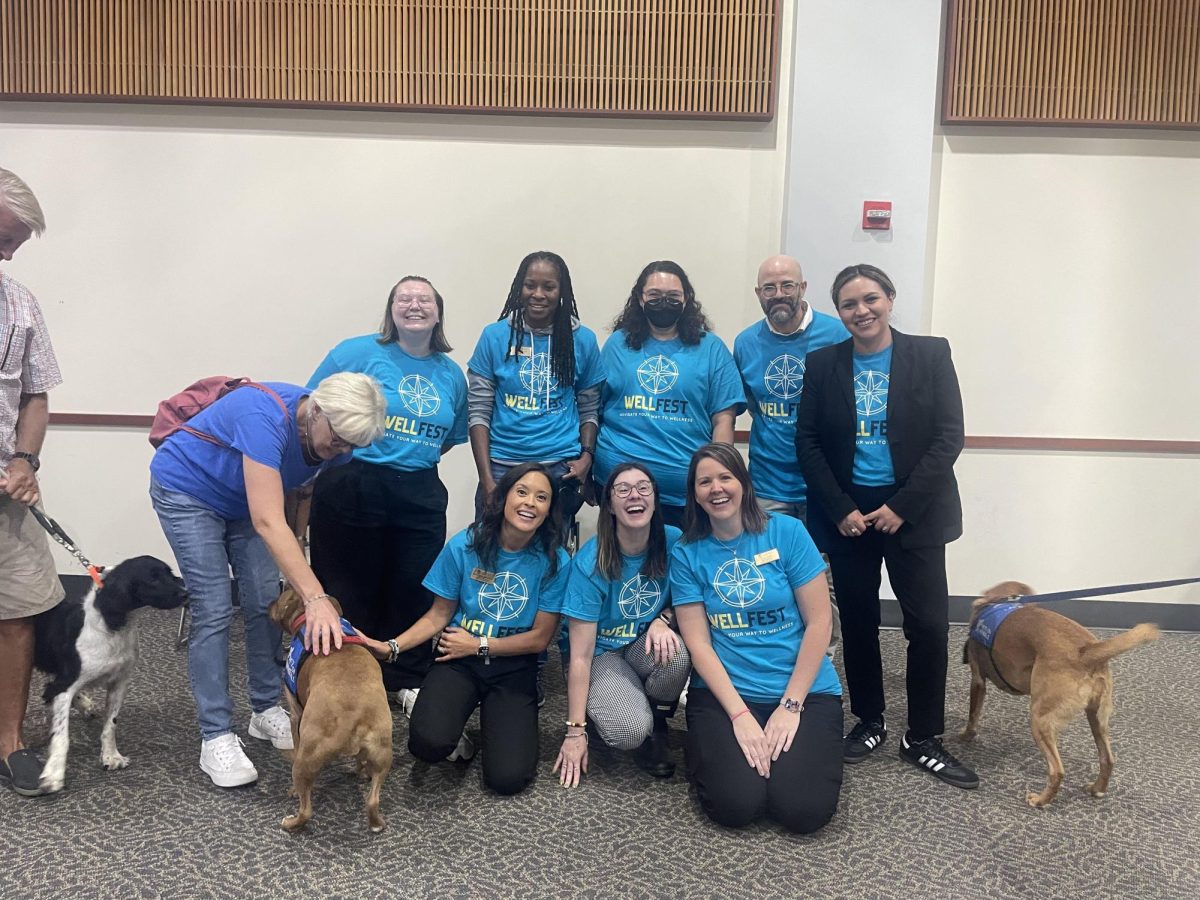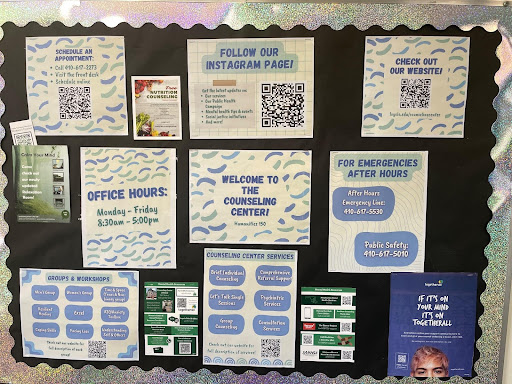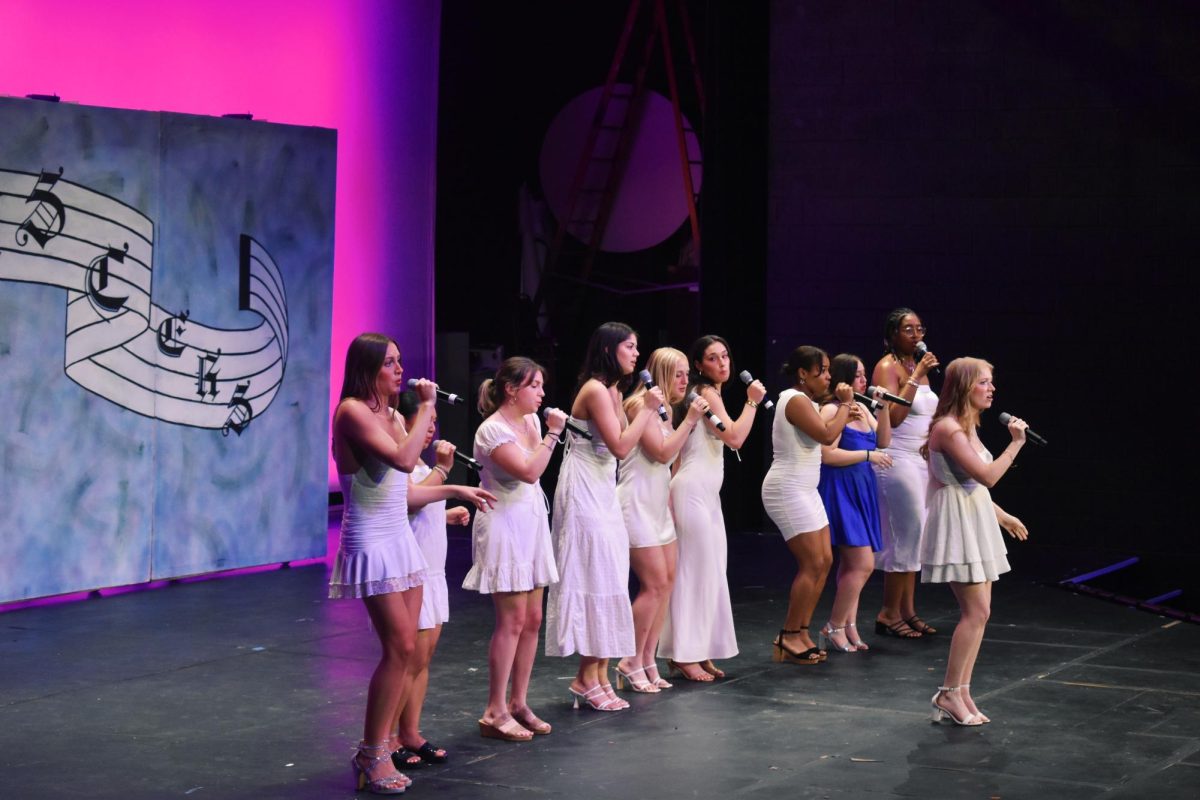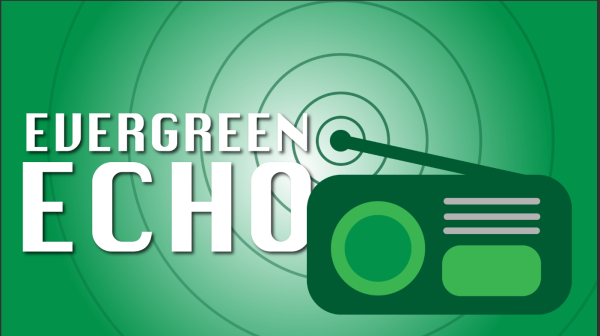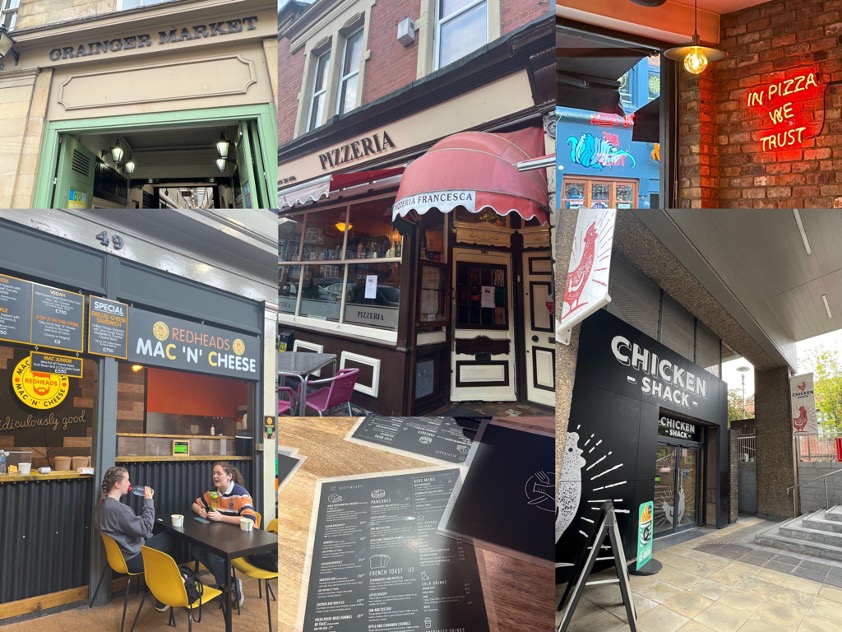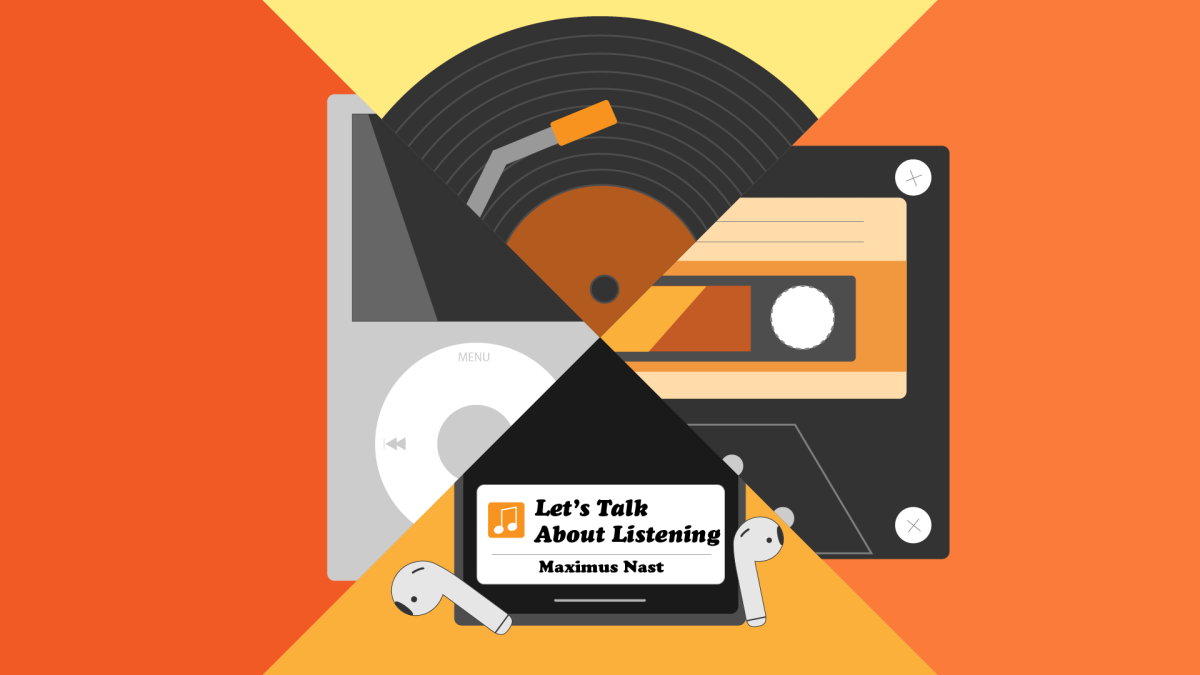Helen Reumann walks into a jewelry store and purchases a necklace, only to get to the counter and find that she is encouraged to tip a percentage on the jewelry simply for her interaction with the cashier.
Reumann is a hostess at Kao Thai, a Thai restaurant in Silver Spring, Maryland. She knows what it’s like to work largely for tips, but tipping for certain services still strikes her as ridiculous.
“Lines begin to blur. You don’t want to seem like a jerk, but at the same time, you don’t want to tip for limited or no human interaction either,” Reumann said.
Reumann’s dilemma reflects that of many tippers in the U.S. today – 70% of whom say more places are asking for tips as compared to five years ago, according to The Harvard Gazette. As a result, many must pick and choose which services to tip for. A huge factor is income. According to USA Today, people with annual incomes of less than $30,000 tip about 5% less on average than people with an annual income of $120,000 or more.
Camille Krakowski, a former camp counselor at an expensive New Jersey summer camp, A Child’s Place, says the camp paid its counselors around $15 an hour, about minimum wage for that state. However, parents were given the option to tip at the end of the two-month period, and these tips tended to average around $500.
Krakowski admits to feeling that the generous tips were only partially due to gratitude – on the other hand, most parents could easily afford to be generous,
“If the parents really liked you for their kid in particular, they would tip you more…They were rich parents. It was a very rich summer camp. So it was more likely that they would tip,” Krakowski said.
While the income of the tipper is a factor largely outside a worker’s control, it was not the only factor of this kind to weigh heavily on tipping outcomes for the counselors. According to The New York Times, tipping can be more than simply appreciation for a job well done – it can be the result of guilt as well. In fact, those at the camp who tipped well tended to do this based on their children’s behavior rather than that of the counselor.
Krakowski says, “Especially parents of difficult children, they tended to tip, or they would bring physical gifts for the counselors. We got cookies, some got pajamas that were silk – they were really nice…”
In the same way that a good tip does not always mean an exceptional worker, a bad tip does not necessarily mean bad service or a stingy customer. What seems like a casual amount to one person might seem exceedingly generous to another. According to The New York Times, a study by Cornell University’s School of Hotel Administration Associate Professor W. Michael Lynn found that people with higher incomes were more likely to report tipping waiters and waitresses. However, a study by Thomas H. Pollak, the director of the National Center for Charitable Statistics at the Urban Institute, found that the working class tended to be the most generous in terms of philanthropy. This indicates that a six-figure income is not a requirement for generosity.
Loyola student Niko Huddleston feels that he does his best to tip what he can, even if that amount is not always as much as he wishes it was.
“I wouldn’t say that I tip a large amount, and that’s also because I don’t have a lot of money to give out. But if I have some extra change or something, I know from being in the position of someone who works that everything does count up,” Huddleston said.
Huddleston’s statement brings up another factor of tipping, which is the person’s appreciation for the server. Though his job at Loyola’s on-campus Starbucks does not allow tips, he knows that even the smallest amount can make a difference. While it is true that income has a lot to do with how much a person tips, that person’s appreciation could affect how frequently they do it. Like Huddleston, the Kao Thai Hostess Reumann has extra appreciation for servers because she knows what it’s like to work in the service industry. Though she may not approve of tipping a cashier for a 15-second interaction, her experiences have given her a sense of gratitude for servers.
She tells us of certain tipping principles she has developed as a result,
“When I’m sitting down, I’m tipping. It’s not always required, but it’s a nice thing,” Reumann said.
Tipping based on how much effort one feels a server is putting in may seem like a common enough trend, but there are also a lot of more subjective trends in tipping. For example, The Harvard Gazette notes that many people began “over-tipping” during the COVID-19 pandemic as a way to show extra appreciation for waitstaff. But just because something is a trend does not mean it applies to everyone, and things are always dependent on the perceptions of the tipper.
Starbucks Employee Huddleston says, “I actually think I tipped less during COVID because of the contact between money and germs.”
Ours is an unpredictable tipping environment in which trends vary according to all kinds of factors outside the server’s control. According to the Dallas Observer, the average tip at full-service restaurants in the U.S. went down 19.3% from July to August 2024. In the face of such dismal statistics, it may be tempting for workers to put in less effort. However, though workers are largely dependent on customer tendencies, it is difficult to go wrong with good service.
“I always leave a tip for Uber, even if it’s just a dollar…Sometimes I have really great conversations with the Uber drivers, and, you know, they safely got me to my destination, and that’s great. They didn’t put me in danger, which being in a car, you definitely could. So, I think it has something to do with that,” Huddleston said.




